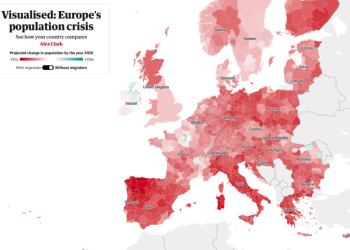NEW YORK – Big US banks survived a hypothetical 40 per cent drop in commercial real estate (CRE) values as a part of the US Federal Reserve’s annual health test, easing fears about the banking sector as landlords struggle in a higher-for-longer interest rate world.
As risks mount in the CRE space, investors were looking to the Fed’s “stress tests” to assess how exposed America’s lenders are at a time when pandemic-era work habits continue to empty office towers, sending vacancy rates past historic peaks to a record 20 per cent.
“In a lot of respects, there should be a sense of comfort that banks can weather a very nasty storm,” said Mr Chris Marinac, head of research at Janney Montgomery Scott. “Though, this doesn’t mean the Fed thinks commercial real estate is out of the woods. It’s still early innings in this credit cycle.”
The Fed’s emergency drill tests banks’ balance sheets against an imagined severe economic downturn that also includes a 36 per cent decline in US home prices, a 55 per cent drop in equity prices and an unemployment rate of 10 per cent.
All 31 big US banks passed the tests and showed they have sufficient capital to absorb nearly US$685 billion (S$930 billion) in losses.
The results, released on June 26 by the Fed, examine whether banks would be able to continue lending to households and businesses in the event of a severe global recession. They also indicate the amount of capital banks need to be considered healthy – and…



























































